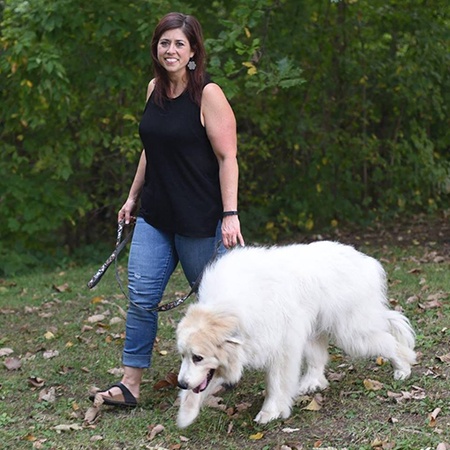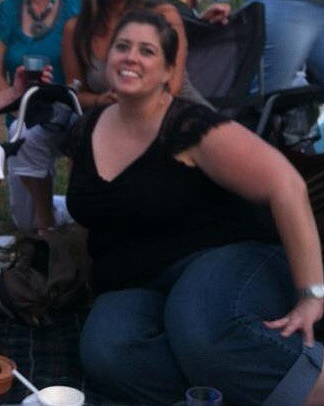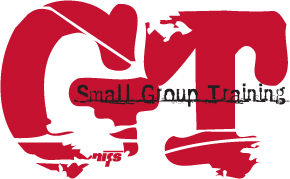 When you hear the phrase “speed training,” it’s easy to picture elite athletes—sprinters blasting off the line or pros flying down the field. But speed training isn’t reserved for them. Anyone can benefit from learning to move more efficiently, react faster, and generate more power. In fact, adding a little speed work to your weekly routine can help you feel stronger, more coordinated, and more confident in your movement—whether you’re running, lifting, or chasing your kids around the yard.
When you hear the phrase “speed training,” it’s easy to picture elite athletes—sprinters blasting off the line or pros flying down the field. But speed training isn’t reserved for them. Anyone can benefit from learning to move more efficiently, react faster, and generate more power. In fact, adding a little speed work to your weekly routine can help you feel stronger, more coordinated, and more confident in your movement—whether you’re running, lifting, or chasing your kids around the yard.
What Is Speed Training?
Although speed training is most often used to improve athletic performance, it’s more than just running fast. It’s a structured way of teaching your body how to move quickly, efficiently, and under control. At its roots, speed training combines technique, strength, and cognition to help you generate force rapidly and apply it in the right direction, a skillset valuable in any physical activity.
A few key concepts to consider in the realm of speed training:
- Rate of Force Development (RFD): A useful metric that measures the production of maximal force in a minimal amount of time.
- Acceleration: Building and developing speed, from a moving or stationary start position.
- Impulse: The ability to turn strength into speed through the rapid application of the force your body can produce.
- Mechanics: The technical side of movement, like stride length, stride frequency, and posture.
While these principles might sound like they belong solely in sports performance, they have direct benefits for everyday fitness. Improving your acceleration and agility doesn’t just matter on a soccer field or track. It can also help you move more confidently in the gym, in recreational exercise, or even in activities of daily living like climbing stairs or avoiding a misstep.
The Fundamentals of Speed Training
Speed training can be complex, but the fundamentals are straightforward. The goal is to train your body to produce more force in less time, which translates into faster, more efficient movement. A well-rounded approach combines physical strength, sharp cognitive skills, sound mechanics, and focused sprint work.
1. Strength & Power Training
Strength is your base. Classic lower-body exercises like squats, deadlifts, and lunges build the muscles that drive acceleration. To turn that strength into speed, add plyometric exercises—like bounding, jump squats, or box jumps. These movements train your muscles and nervous system to fire faster.
Try focusing on speed of movement during lifts (for example, standing up from a squat with controlled power). Over time, this helps your body produce force more explosively.
2. Perceptual-Cognitive Training
Speed isn’t just physical—it’s mental. In sports, athletes constantly react to changing environments. You can train that same skill by practicing reactive drills—for example, sprinting or changing direction based on a partner’s hand signal, color cue, or verbal command.
For everyday fitness, this type of training keeps your brain sharp while improving your body’s ability to move efficiently under pressure.
3. Mechanics & Technique
Good form equals free speed. Focusing on posture, stride rhythm, and arm drive helps prevent wasted effort. Incorporate simple drills like A-skips, B-skips, or wall drives to reinforce correct sprinting patterns.
Even if you’re not sprinting regularly, these drills improve coordination and lower injury risk by teaching your body to move more purposefully.
4. Sprint & Agility Work
This is where it all comes together. Short, explosive sprints, resisted runs, or cone agility drills develop quickness, deceleration, and control. Keep sessions brief, with generous rest, to maximize effort and recovery.
Whether you’re racing a friend or simply want to move with more precision, sprint and agility training builds the confidence to move faster—and safer—in everyday life.
Getting Started
If you’re new to this style of training, start small: add a few sprints at the end of a workout, or try a short plyometric circuit once a week. As you build confidence, you can progress to more structured programs.
Looking for guidance? Our trainers at NIFS can help you integrate speed training into your fitness routine in a safe, personalised way. Call us or book a free fitness assessment and exercise prescription at the track desk!



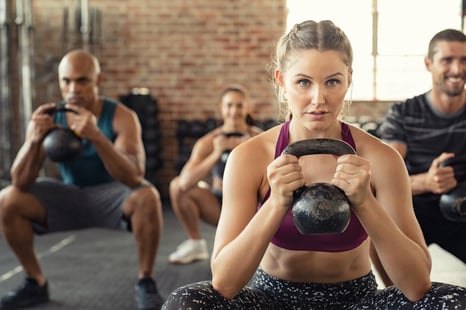 Functional training is an excellent approach for longevity and maintaining a healthy lifestyle and functioning body because it emphasizes movements that mimic activities of daily living, enhance flexibility, and improve overall mobility. In this blog, you will learn about the different functional exercises that can contribute to your longevity, along with their benefits and daily function.
Functional training is an excellent approach for longevity and maintaining a healthy lifestyle and functioning body because it emphasizes movements that mimic activities of daily living, enhance flexibility, and improve overall mobility. In this blog, you will learn about the different functional exercises that can contribute to your longevity, along with their benefits and daily function. 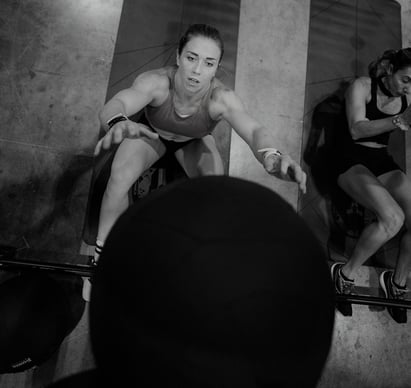 Set Clear Goals:
Set Clear Goals: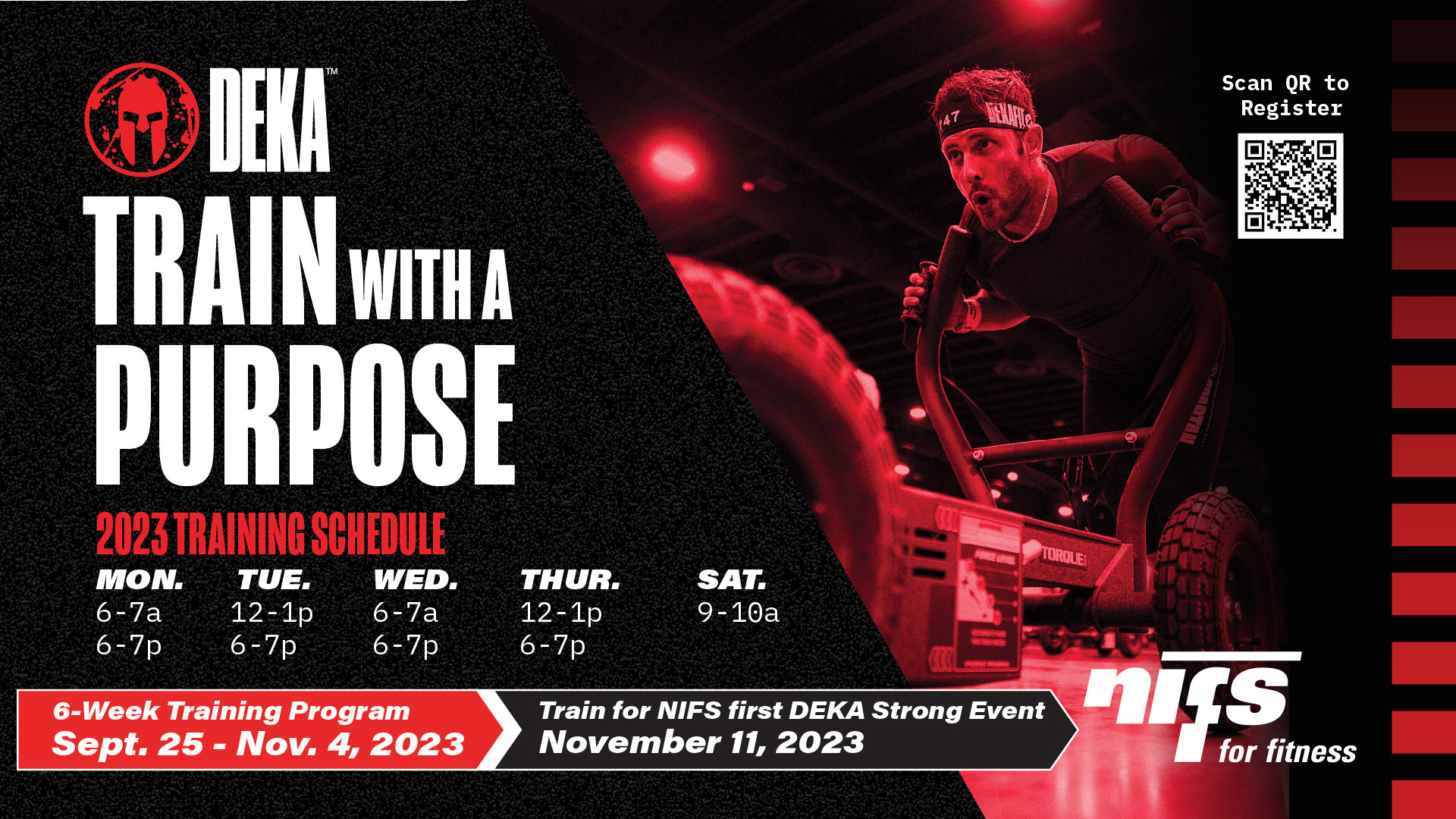
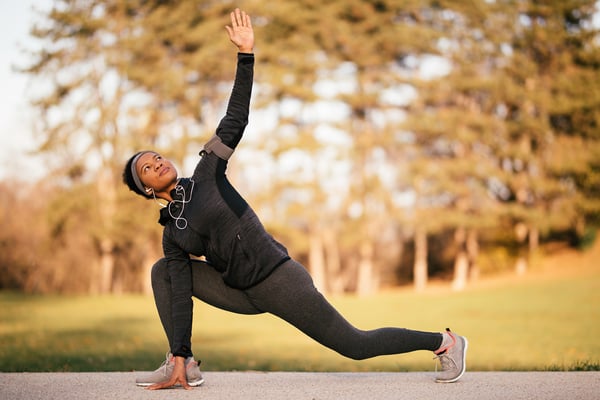 I used to work at a golf course during my time as a teacher. It was a great way to spend my summers and be close to a game I truly enjoy playing. I mainly mowed greens and tees and dug a bunch of holes. I really enjoyed that time of my life very much. On all of the mowers there was a sign that read, “If this equipment can’t work, nor can you.” I think the message is self-explanatory: if the equipment is not properly cared for, it is a very good possibility it will stop working, leading to loss of productivity and failure to complete the job.
I used to work at a golf course during my time as a teacher. It was a great way to spend my summers and be close to a game I truly enjoy playing. I mainly mowed greens and tees and dug a bunch of holes. I really enjoyed that time of my life very much. On all of the mowers there was a sign that read, “If this equipment can’t work, nor can you.” I think the message is self-explanatory: if the equipment is not properly cared for, it is a very good possibility it will stop working, leading to loss of productivity and failure to complete the job.




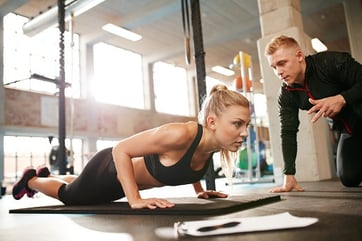 If you have spent time around sports, two terms that I am sure you have heard are
If you have spent time around sports, two terms that I am sure you have heard are 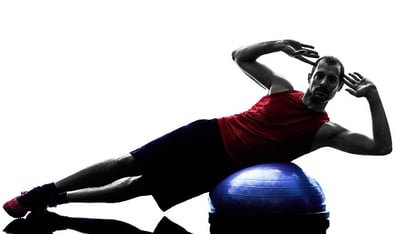 Greetings, NIFS friends. We have passed the midway point in the calendar year 2016, and I hope that you have been successful in meeting some of your yearly goals as well as making new ones. During this time of year, we find outdoor and recreational exercise more readily available and appealing, understandably, and because of this, there is time for the occasional spare moment for yours truly to ponder (by ponder, I mean BLOG!).
Greetings, NIFS friends. We have passed the midway point in the calendar year 2016, and I hope that you have been successful in meeting some of your yearly goals as well as making new ones. During this time of year, we find outdoor and recreational exercise more readily available and appealing, understandably, and because of this, there is time for the occasional spare moment for yours truly to ponder (by ponder, I mean BLOG!). 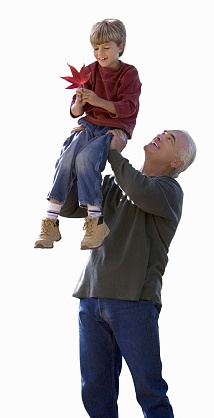 What Is Functional Training?
What Is Functional Training?
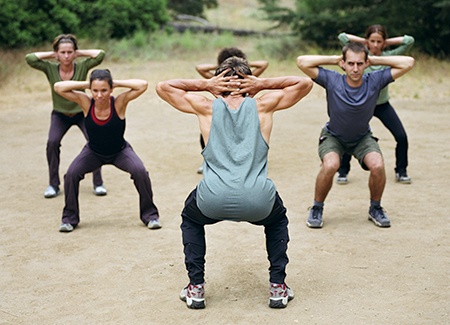
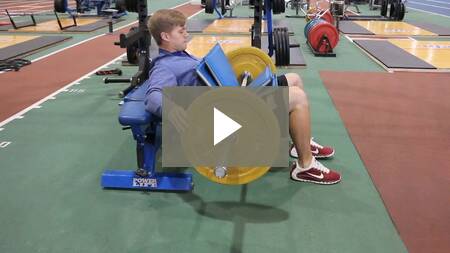
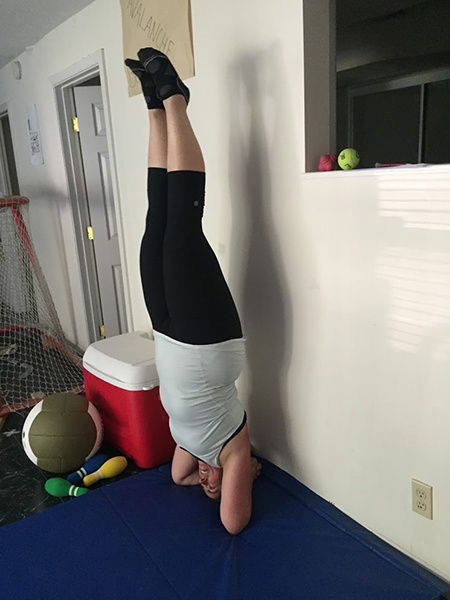 When I last left you in
When I last left you in 
